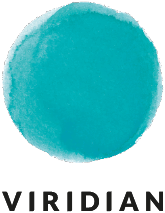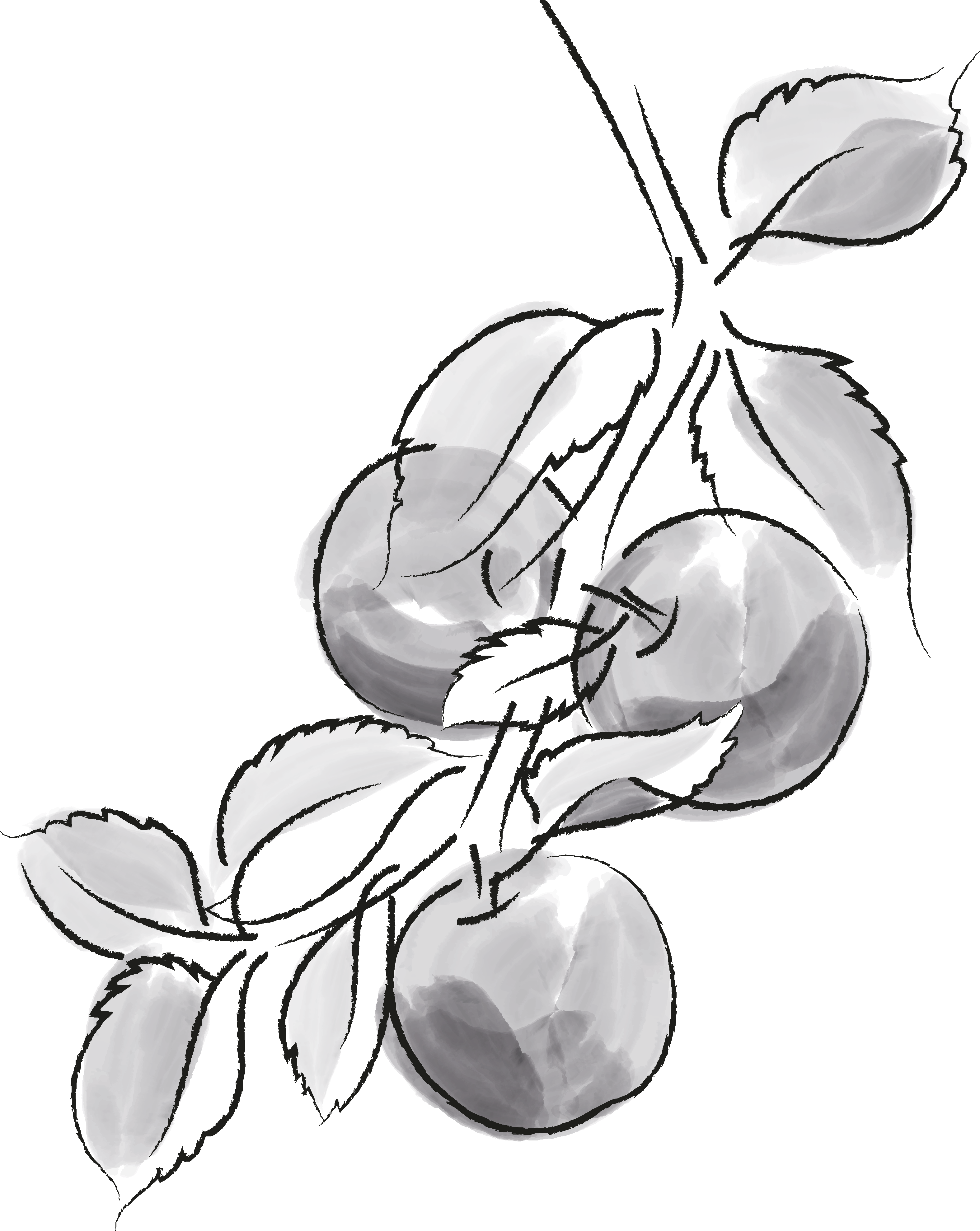
The term ‘Fibremaxxing’ has gained a lot of attention lately, seeing people massively increase their dietary fibre intake. But how much do we really need and what are the main health benefits? Our nutritionist Eleanor Faulkner digs deeper into this popular nutrient.
What is Fibremaxxing?
The newest health and wellness trend fibremaxxing has seen people on TikTok and Instagram dramatically increase their fibre intake with fibre dense foods. While the British Nutrition Foundation recommend having at least 30 grams a day of fibre, research suggests that the average person in Britain only has around 20 grams, caused by diets high in processed foods and lack of knowledge around the importance of fibre. With fibre providing so many benefits, we see this as an encouraging health trend.
research suggests that the average person in Britain only has around 20 grams, caused by diets high in processed foods and lack of knowledge around the importance of fibre
What is Dietary Fibre?
- Soluble fibre – Dissolves in water to form a gel-like substance, slows down digestion and helps keep blood sugar low. Found in oats, apples, beans, chia seeds, flax seeds, psyllium
- Insoluble fibre – Doesn’t dissolve in water and remains undigested through the digestive tract and supports bowel movements. Found in whole grains, nuts and skins of fruit and vegetables.
- Prebiotic fibre – Doesn’t get broken down by stomach acid or digestive enzymes, they get selectively fermented by gut microbiota. Found in onions, garlic, and fruit like apples and bananas
We need a balance of all types of fibre, and they can both be found together in one food making it important to eat the whole food including the skin of most fruits and vegetables. However, some foods contain more of one type of fibre than the other.
What are the Health Benefits?
Supports the Gut Microbiome and Gut Health
Fibre is a vital part of a healthy gut, helping to accelerate transit time, increasing stool bulk, supporting the correct pH and playing a beneficial role in the gut membrane lining and the microbiome. Prebiotic fibres like those found in onions, garlic, oats and beans, aren’t digested by the human body but are instead fermented by the gut bacteria in the colon. It’s this fermentation process that helps beneficial bacteria to thrive and improve the diversity of the gut microbiome. A healthy gut microbiome helps with digestion, the immune system and even brain health. When fibre is digested by gut bacteria, they produce short chain fatty acids (SCFA’s), including butyrate which is thought to have anti-inflammatory effects on colon cells.
Balances Blood Sugars
Fibre helps to balance blood sugar levels by slowing down the digestion and absorption of carbohydrates in the gut. Soluble fibre, found mostly in oats, beans, apples and psyllium husk, form a gel-like substance in the gut which slows the breakdown of food into glucose. As a result, glucose enters the bloodstream at a slower rate which helps to prevent sudden spikes and crashes in blood sugar levels. A high fibre diet can improve the body’s sensitivity to insulin, which is beneficial for those who are type 2 diabetic or those who are at risk of developing it. Additionally, fibre lowers the glycaemic index of foods, meaning it reduces the overall impact of food on blood sugar, helping to maintain steady energy levels throughout the day and reducing sugar cravings.
Supports Balanced Hormones
Insoluble fibre, found predominantly in grains, seeds and vegetables have been shown to help balance hormones by binding to and eliminating any spent hormones in the digestive system, particularly oestrogen. This includes the removal of used hormones that the liver processes and sends to the gut for excretion. Without enough fibre, these hormones can be reabsorbed and recirculated throughout the bloodstream, potentially worsening any existing hormone imbalances. Excess oestrogen in women can lead to menstrual cycle changes and mood swings, and in men can cause symptoms like feeling exhausted and a reduced sex drive. Increasing fibre can help to keep a healthy balance of hormones.
Aids in Weight and Appetite Management
Increasing your soluble fibre intake can help with weight management by making you feel fuller for longer, and may also reduce appetite, ultimately leading to reduced calorie intake. Soluble fibre is high in oats, flaxseeds and chia seeds. These form a gel-like substance in the stomach and slow down digestion to help maintain fullness. As fibre helps to regulate insulin levels, it can also help prevent energy crashes and sugar cravings for high calorie and sugary foods.
Ultra Processed Foods (UPFs)
Ultra processed foods contain refined ingredients which have most of their natural fibre stripped away during processing. Foods like white bread, sugary cereals, crisps and packaged cereal bars are completely void of the essential fibres so these are best to avoid.
More and more people are seeing the benefits of eating a wholefood diet which involves prioritizing foods in their most natural form and avoiding using convenience foods which are highly processed. Swapping out ultra processed meals for fresher choices can help increase fibre intake, support gut health and aid digestion.
The best way to increase fibre intake is through a wholefood diet, however for those who find it difficult to do this, supplements can help
Are there alternative ways to increase my fibre intake?
The best way to increase fibre intake is through a wholefood diet, however for those who find it difficult to do this, supplements can help. Baobab fruit is a fibrous superfood, especially rich in soluble fibre including prebiotic fibres which help to increase the beneficial bacteria: Bifidobacterium and Lactobacilli. Acacia gum from the acacia tree contains non-digestible fibres that act as prebiotics in the gut. Both these natural ingredients can both be found supplements in powder form which can be added to an on-the-go smoothie. When choosing supplements, we recommend opting for clean formulations which are free of artificial additives, binders and fillers to ensure it is fully beneficial to your health.
How do I know if I have enough fibre?
Good signs to show you have sufficient fibre is regular and easy bowel movements which are bulky and well-formed. The NHS Bristol Stool Chart will give you a good indicator of what your stool should look like if you are not constipated or have diarrhoea. Normal bowel movement frequency changes from person to person. According to the NHS, bowel movements anywhere between 3 times a day to 3 times a week is normal.
Tips when increasing fibre intake
- Swap juices for smoothies which include the pulp, seeds and skin is included
- Reduce products made from refined grains and flour, and instead increase wholegrain foods
- Include snacks like raw vegetables like carrots with hummus or whole pieces of fruit
- Ensure every meal contains a few portions of fruit or vegetables
- Introduce fibre supplements for added fibre
- Make sure you’re drinking plenty of water and fluids
Can I have too much fibre?
There isn’t much concern with having too much fibre, and generally as it’s so filling we will stop eating it before it gets too much. However, anything above 70 grams of fibre per day is not recommended and could lead to nutrient malabsorption. Increasing fibre intake too quickly without the necessary hydration can lead to symptoms of discomfort like bloating, gas, constipation and cramps.
Conclusion
Fibre is an unsung hero in nutrition and it is a good idea to review your intake. The benefits of fibre go way beyond gut health, with it being essential for hormone balance, blood sugar regulation and weight management and more. For those who do find it difficult to incorporate into the diet, an alternative way is to include supplementation.
For more information about diet, supplements and lifestyle advice, visit your Local Independent Health Food Store. To find your nearest one, visit www.findahealthstore.com.
Author: Eleanor Faulkner, BSc, is a Nutrition Advisor at Viridian Nutrition. She holds a BSc honours degree in Food Technology with Nutrition.
References:
Kinmonth, A.L., Angus, R.M., Jenkins, P.A., Smith, M.A. and Baum, J.D., 1982. Whole foods and increased dietary fibre improve blood glucose control in diabetic children. Archives of Disease in Childhood, 57(3), pp.187-194.
Menni, C., Jackson, M.A., Pallister, T., Steves, C.J., Spector, T.D. and Valdes, A.M., 2017. Gut microbiome diversity and high-fibre intake are related to lower long-term weight gain. International journal of obesity, 41(7), pp.1099-1105.
Monteiro, C.A. and Cannon, G., 2022. The trouble with ultra-processed foods. bmj, 378.
Pasquale, A., Uršulin–Trstenjak, N. and Matošević, I., 2022. The Role of Nutrition in Achieving Hormonal Balance in Women. Horizons-International Scientific Journal, 31(2), pp.365-376.
Reimer, R.A., Wharton, S., Green, T.J., Manjoo, P., Ramay, H.R., Lyon, M.R., Gahler, R.J. and Wood, S., 2021. Effect of a functional fibre supplement on glycemic control when added to a year-long medically supervised weight management program in adults with type 2 diabetes. European Journal of Nutrition, 60(3), pp.1237-1251.
The information contained in this article is not intended to treat, diagnose or replace the advice of a health practitioner. Please consult a qualified health practitioner if you have a pre-existing health condition or are currently taking medication. Food supplements should not be used as a substitute for a varied and balanced diet.







